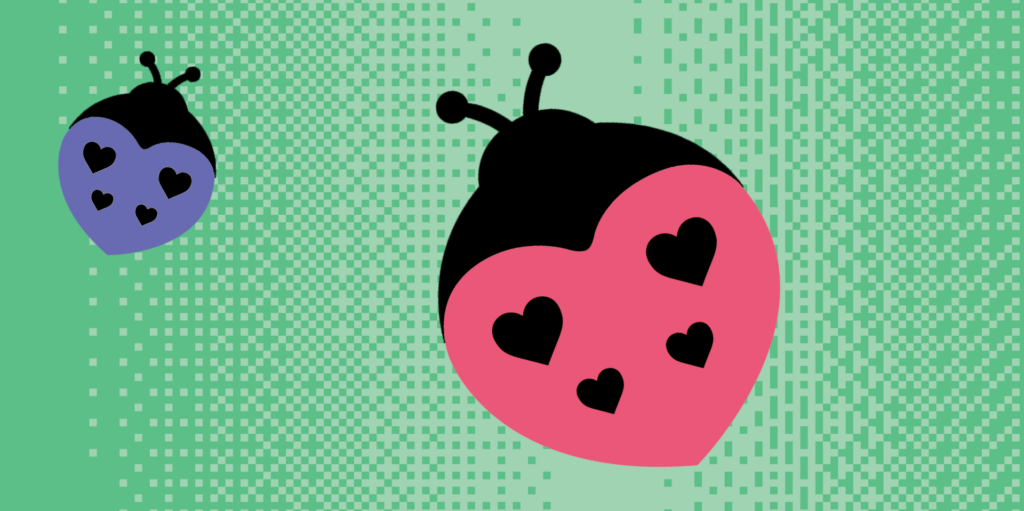Bugs and Love Bugs

A Tale of Quality at Tilled
From Butch Mayhew, Head of Quality and Reliability at Tilled
One of my main responsibilities at Tilled is to create a strategy for how we deliver high-quality software at Tilled. This all starts with defining what quality is. When you think about quality within a product, how would you define it? A product with zero defects? Or maybe a system that meets a need? Or maybe a solution that brings customer delight? When you take a step back and try to define product quality, it is difficult. That is because quality is relative to the person assessing it. A good broad definition of product quality is “A product that brings value to the user.”
Defining Bugs: More Than Malfunctions
With that in mind, when we began to create a definition of the term bug within our organization, it was clear as we discussed this with the team, we wanted to raise the quality bar high and want our product to be a true delight to use. Our team narrowed down the definitions to two.
- A functional issue within the system.
- The functionality is working but it’s an unpleasant user experience
It was clear in our minds that functionality issues within the system (one above) should be classified as “Bugs” , this is also how I have traditionally defined bugs. For the second category, in previous organizations, we would call these ‘Enhancements’, which were things that could make the system better, and would typically end up in a backlog, and not get worked on for a long long time. At Tilled, while we embrace this classic definition, we’ve expanded the notion of bugs to encompass not just malfunctions, but also user experience nuances that deserve attention. Out of this desire we created a new term and ticket type, the “Love Bug” .
Introducing Love Bugs: Nurturing User Delight
Ladies and gentlemen, meet the “Love Bug.” This whimsical term might bring to mind a creature of endearment, but in our software ecosystem, it’s a symbol of devotion to user satisfaction. A Love Bug isn’t a system-breaking glitch; rather, it’s an ode to those subtler quirks that, while not halting functionality, can irk users and detract from a seamless experience.
Imagine encountering a search box with an uninviting expanse of white space before you type, only to be greeted by an empty results page. Or ponder over a button that sits dormant, leaving users perplexed about its purpose. These, my friends, are Love Bugs – functional components that don’t offer the love and care they should to our users.

The Why Behind Love Bugs
Why the term “Love Bugs”? Why not enhancements or refinements? We believe that every interaction within our system should spark joy. We chose “Love Bug” because it resonates with our philosophy of infusing delight into everything we do. When we encounter a Love Bug, it’s a signal that an element or a process within our application needs a touch of love to truly shine. It’s an embodiment of our dedication to not only make things work, but to make them work beautifully.
Customer Delight: A Guiding Principle
At Tilled, quality isn’t confined to the realm of lines of code; it extends to the hearts of our customers. We’ve set our sights on a lofty goal – to delight our customers with every interaction within our system. It’s not just about fixing errors; it’s about creating seamless user experiences. The concept of Love Bugs dovetails perfectly into this aspiration, serving as a reminder that even minor nuisances can detract from the magic we aim to create.
A Journey in Quality
In conclusion, Bugs and Love Bugs are more than just terms at Tilled; they’re emblematic of our commitment to quality. The introduction of Love Bugs highlights our dedication to providing users with not only functional systems, but also delightful experiences. As we continue to evolve, one Love Bug at a time, we invite you to join us in this endeavor to spread joy through software, making each interaction a moment of magic for our cherished users. Introduce these concepts to your Product, Engineering, and Quality Teams and don’t settle for poor user experiences!